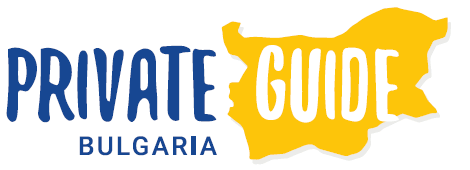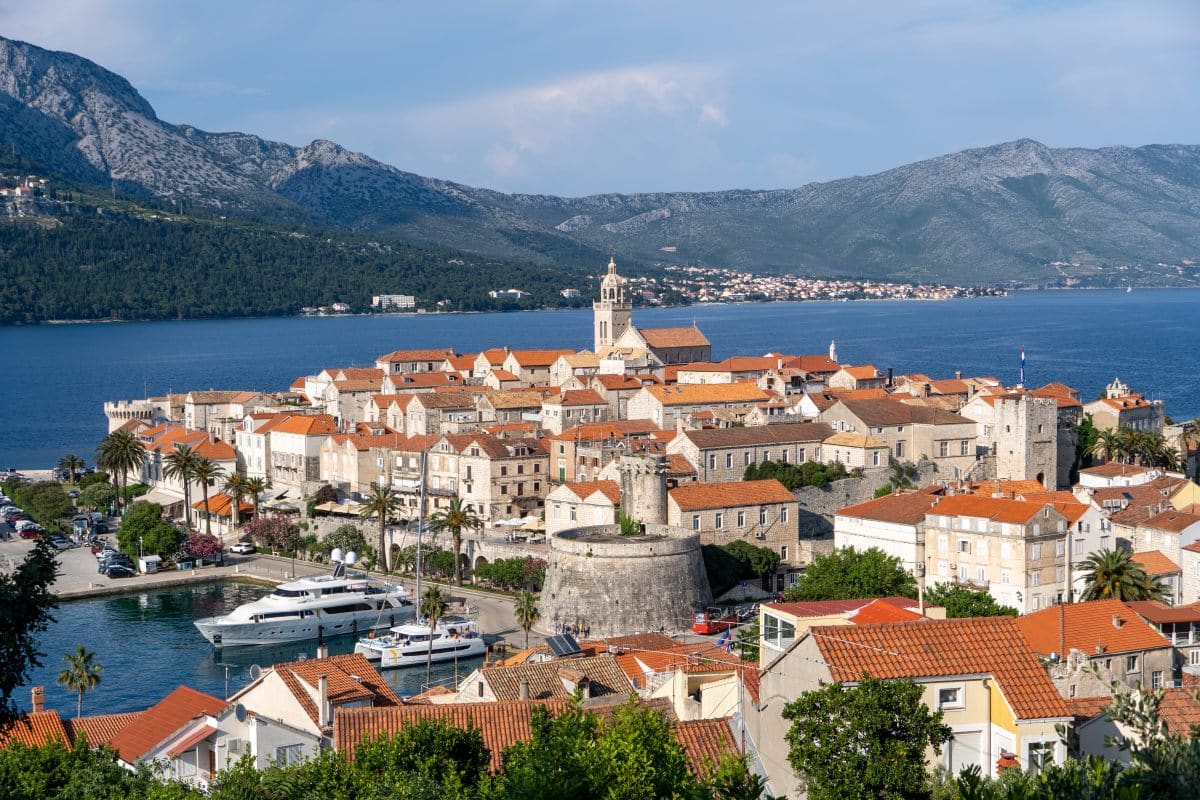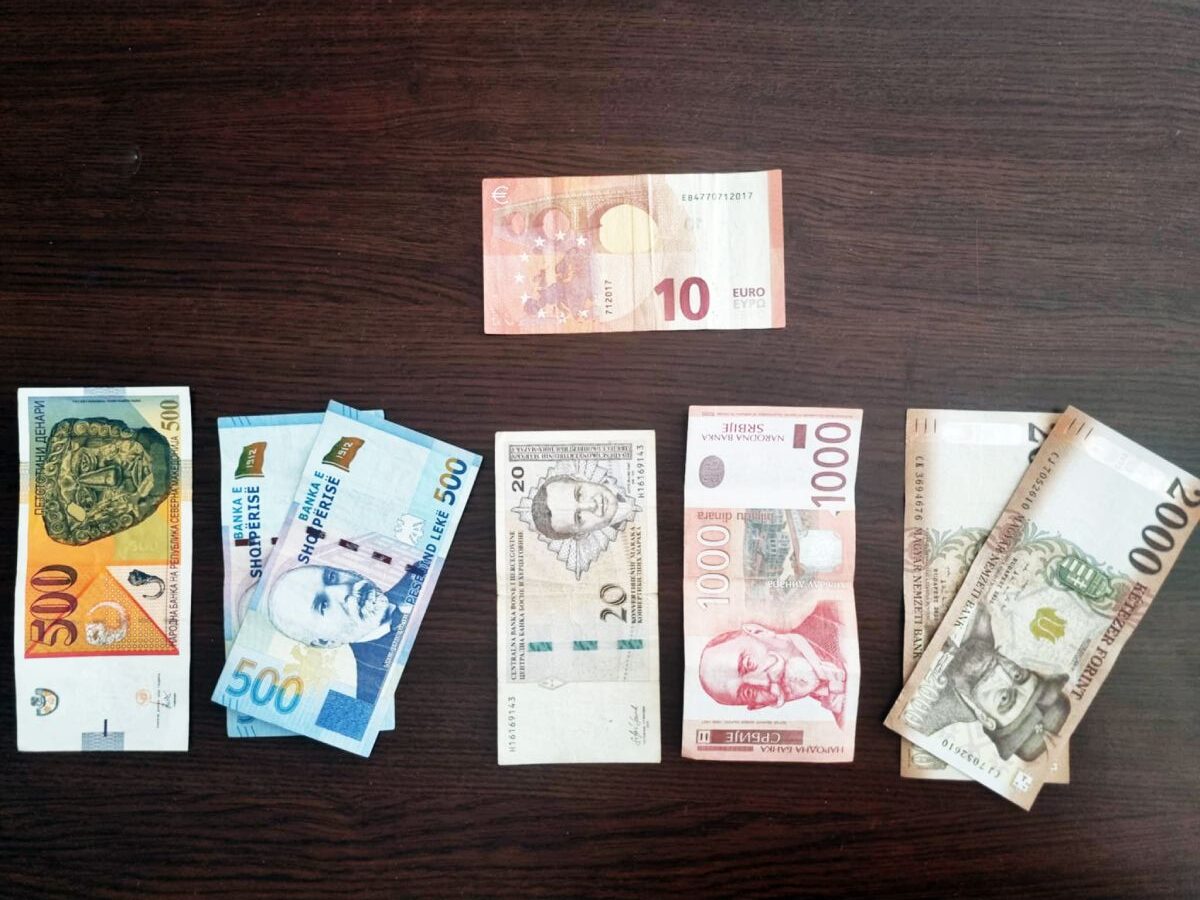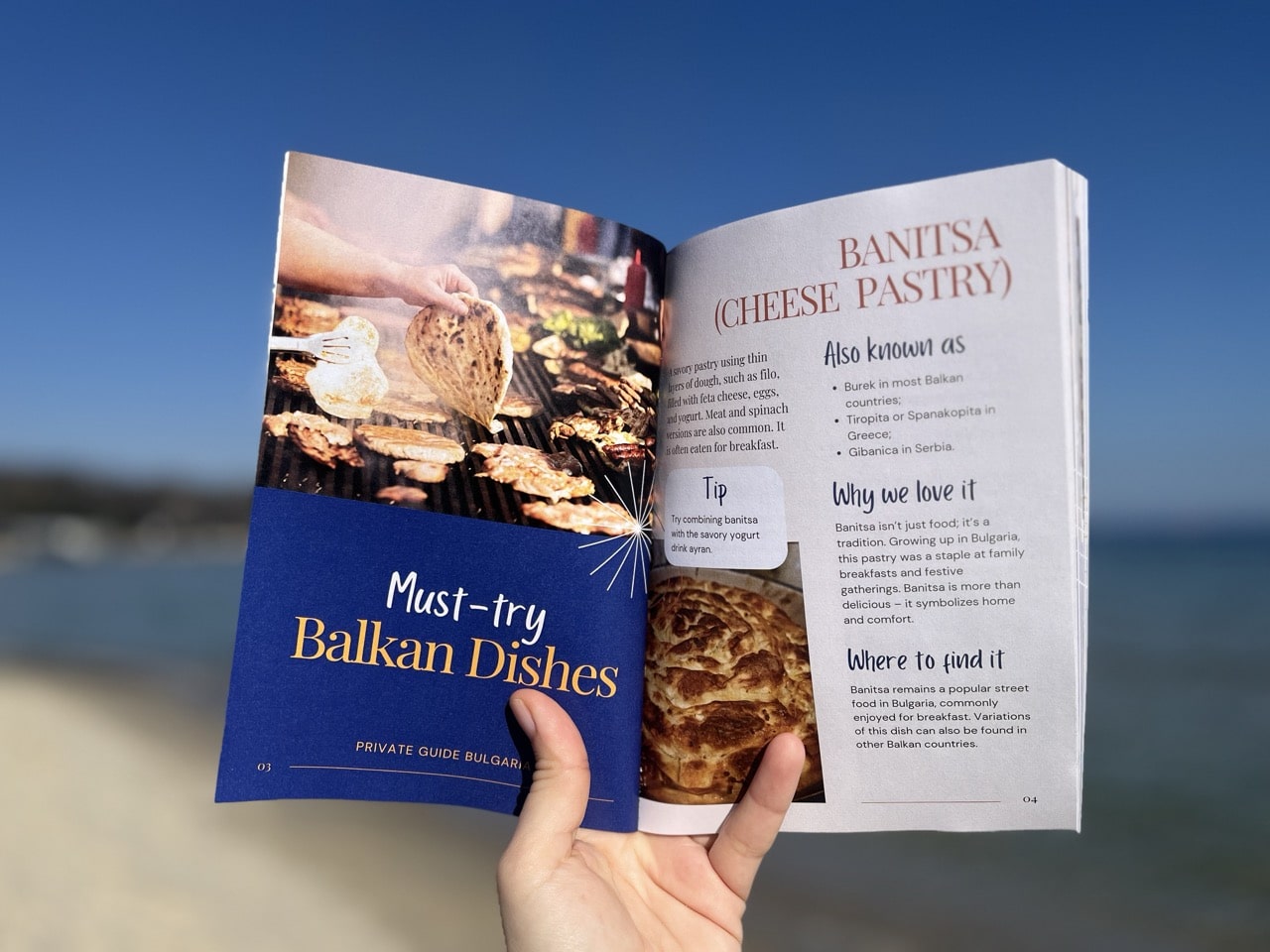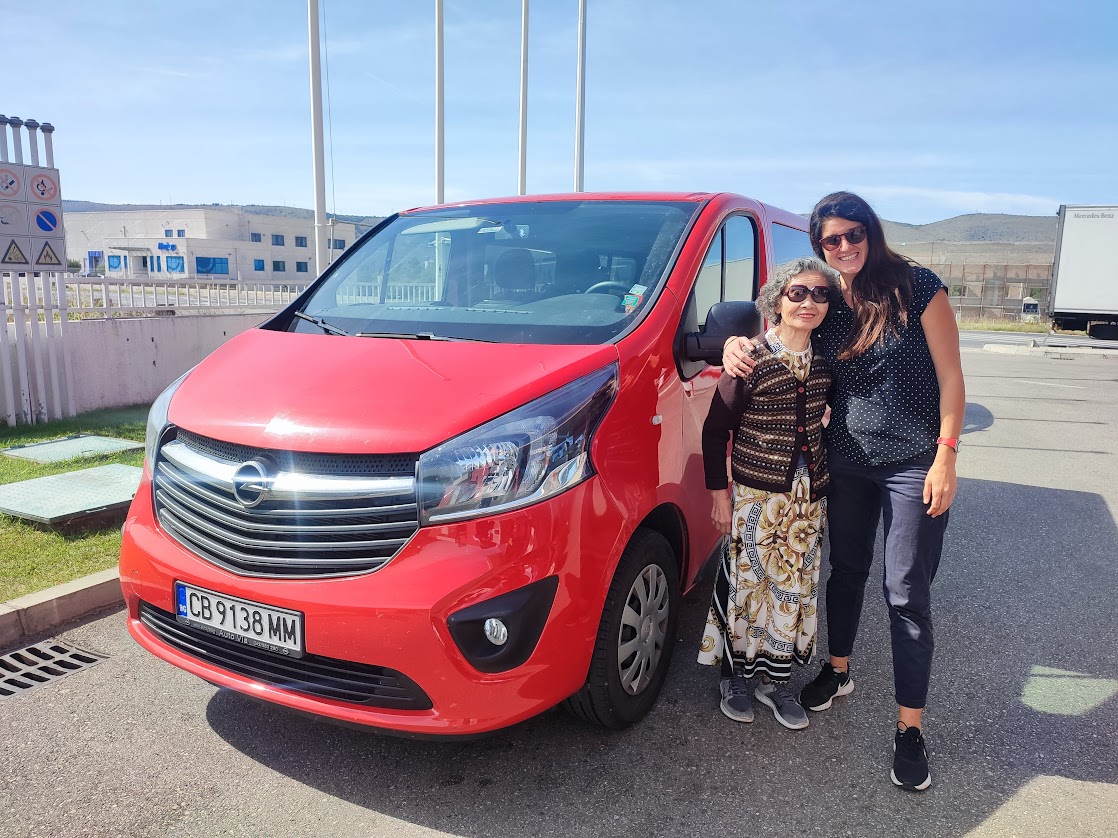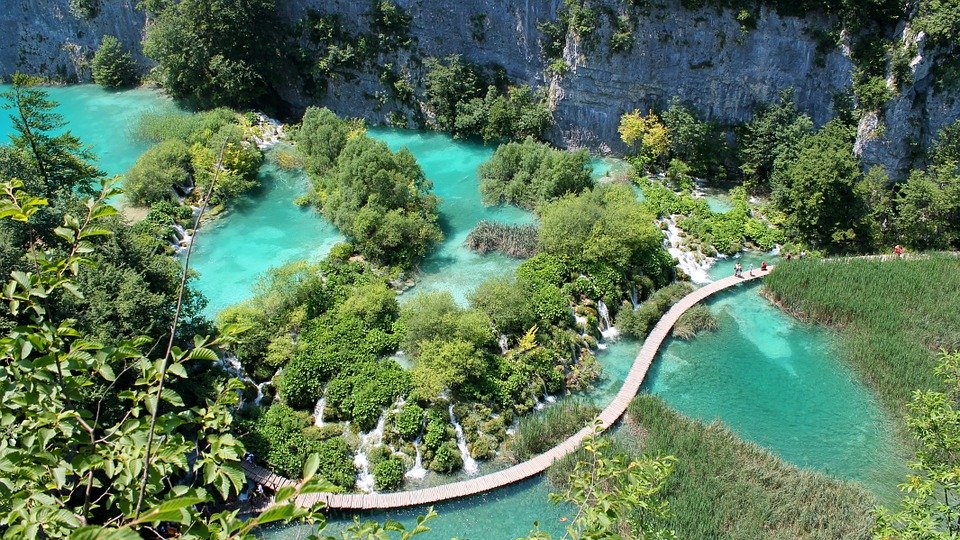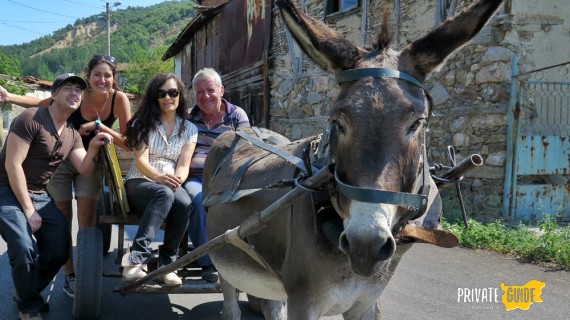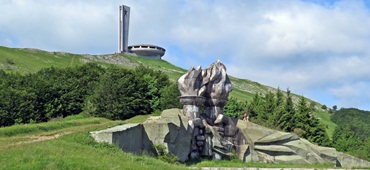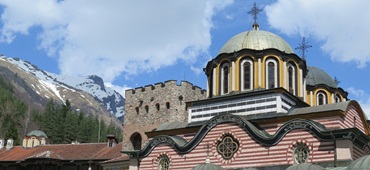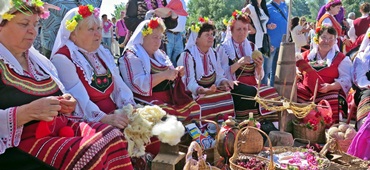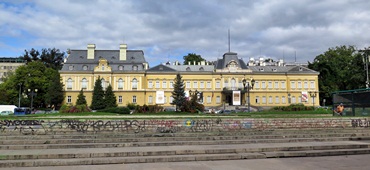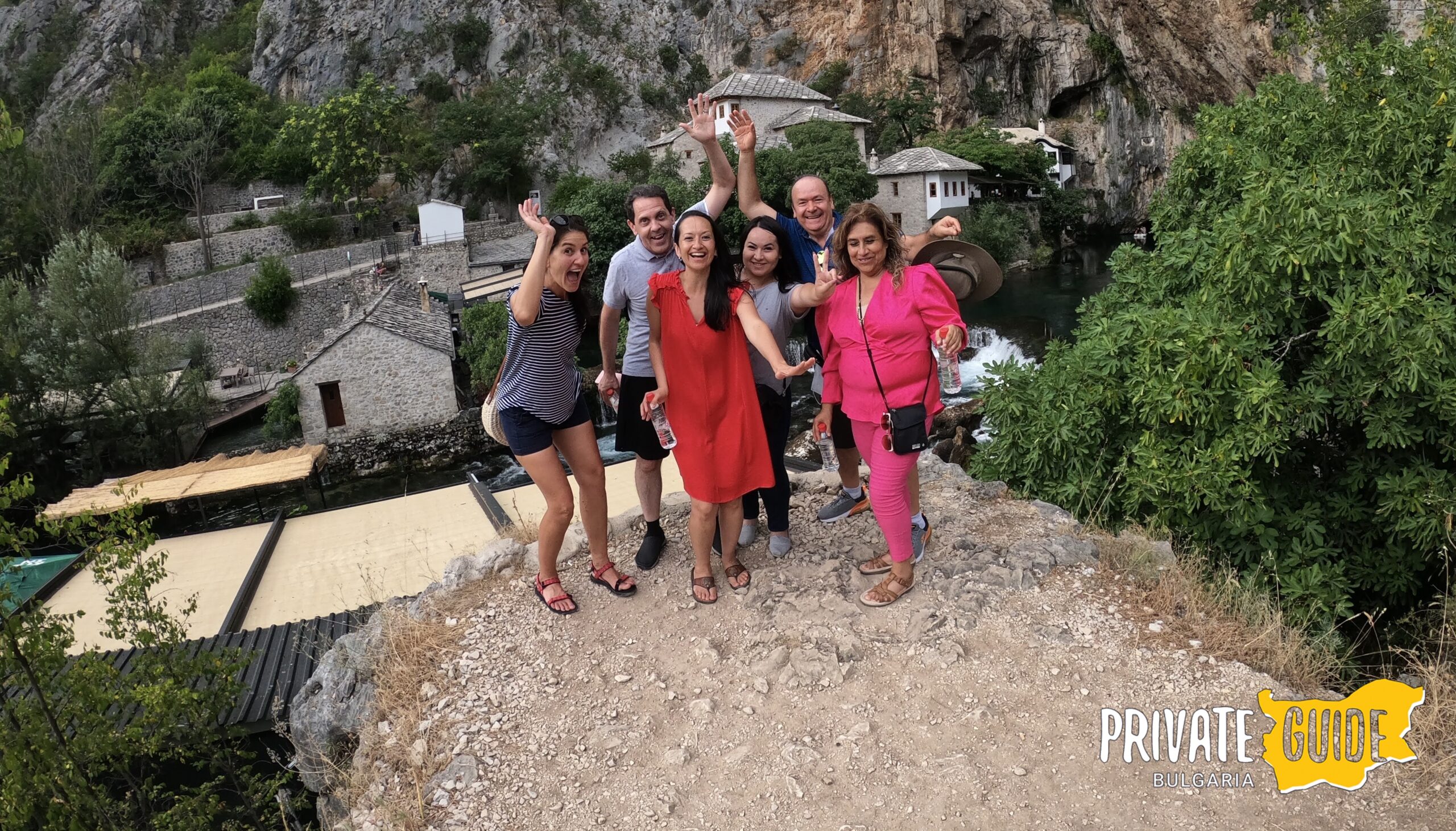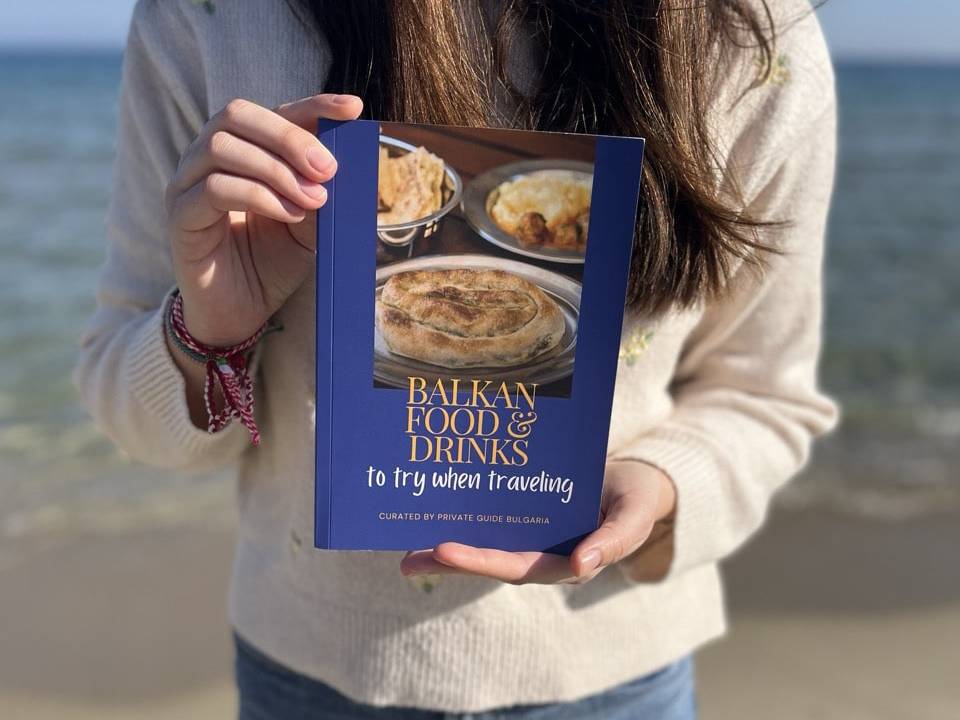What to Know Before Visiting the Balkans: Local Tips for a Stress-Free Trip
Planning your first trip to the Balkans? This region of Southeast Europe is full of breathtaking landscapes, incredible food, and warm traditions. But if you’ve never been before, there are a few practical things to know that will make your journey much easier.
Why You Need Local Tips Before You Go
The Balkans are full of surprises – and not just the good kind. Not because the region is difficult, but because every country has its own quirks. Knowing small details in advance can let you focus on enjoying your Balkan journey even more.
To put things into perspective: the entire Balkans has around 48 million people – about the same as California and Texas combined, and just double the population of Australia. Yet those millions are spread across 10 countries, having 7 currencies and 10 sets of rules.
As a local team specializing in private Balkan tours, we’ve welcomed travelers from the US, Australia, and beyond. Many arrive with the same questions about money, clothing, safety, or transport. That’s why we’ve gathered our Balkan travel tips in an insider guide to help you feel prepared, confident, and ready to enjoy your trip to the fullest.
1. Money & Currencies: Expect Variety
What to Know
The Balkans don’t share a single currency (except Croatia and Slovenia, which use the Euro). You’ll find Bulgaria’s Lev (switching to Euro in 2026), Serbia’s Dinar, Romania’s Leu, Albania’s Lek, North Macedonia’s Denar, and more.
Although not officially adopted, you can pay in euros in Kosovo and Montenegro. Rates aren’t fixed, so values change daily.
Fun fact: in Serbia, $1 is about 100 dinars, so you’ll feel “rich” fast.
Cash or Card?
- Cash-heavy: Albania, Kosovo, mountain villages, markets, huts.
- Card-friendly: Slovenia, Croatia, Romania, and Bulgaria’s larger cities.
- Tip: Always keep a little cash; ATMs aren’t everywhere.
Exchanging Money
Skip airport counters; use ATMs or trusted exchange offices for fair rates.
ATM Limits
Many US banks cap daily withdrawals that vary between $500 and €2000. Check your limit with your bank before you go. Expect high taxes on each withdrawal. It’s better to take a large sum at once instead of several smaller withdrawals during your trip.
Affordability
Western European travelers might find Albania, Bosnia, and Romania especially budget-friendly, while Croatia and Slovenia tend to be higher-priced.
👉 Want to learn even more about the different Balkan currencies? We’ve also prepared a full guide on “All Currencies Used in the Balkans”.
2. Visa, Borders & Travel Time: Patience Required
What to Know
Border crossings in the Balkans aren’t like those in Western Europe. In peak summer (July–August), lines can stretch for hours as seasonal workers return home and holiday traffic spikes. Spring and autumn are easier, while winter is usually quiet, but snow can slow mountain routes.
Borders
- Longest waits: Serbia–Bulgaria, Croatia–Bosnia, Serbia–Croatia, North Macedonia–Greece, basically the borders between Schengen and non-Schengen countries.
- Usually smoother: Slovenia, Montenegro (outside high season).
- Schengen countries: Croatia, Slovenia, Bulgaria, Romania.
- Non-Schengen: Albania, Bosnia, Kosovo, Montenegro, North Macedonia, Serbia.
Visa Requirements
Nationals of the EU Member States and signatories of the Schengen Agreement don’t need a visa to enter the Balkan countries and can travel freely.
For the rest of the nationals, a multiple-entry Schengen visa might ease travel across the non-Schengen Balkans. It’s always best to check in advance if your country needs a visa for entering the Balkan countries. We’ve gathered several helpful resources to assist you with that:
- Visa policy for the Schengen zone (applies to Croatia, Slovenia, Bulgaria, and Romania);
- Visa portal by the Serbian Ministry of Foreign Affairs;
- List of countries that DON’T require a visa for entry into Kosovo;
- Visa regime for foreign citizens entering Albania;
- Visa requirements for entry in Montenegro;
- Visa requirements for entry in North Macedonia;
- List of countries that DON’T require a visa for entry in Bosnia and Herzegovina;
Insider Advice
Always add buffer time if your trip spans multiple countries. Private guides often know less crowded border points, but delays are still possible.
Pack water, snacks, and entertainment. A 3-hour wait feels shorter with a podcast in your ear.
Most Balkan countries are visa-free for US, Australian, and EU travelers for short stays (usually up to 90 days), but rules differ slightly between countries. Always double-check entry requirements before your trip, especially if you plan to cross multiple borders.
3. Weather in the Balkans: Mind the Seasons
What to Know
The Balkans have four distinct seasons, and the weather can change quickly. You might be sipping coffee on a sunny coast in the morning and need a jacket in the mountains by evening. Even April can surprise you with snow.
Practical Tips
- Plan around seasons: Some landmarks are closed or less accessible depending on the weather. For example, Plitvice Lakes in Croatia may close during floods, and some hiking huts are only open in summer.
- Summer: Hot on the coast (Croatia, Montenegro, Albania), but chilly in the mountains (Rila, Pirin, Accursed Mountains).
- Winter: Excellent skiing and spa in Bulgaria, Slovenia, and Bosnia, but some attractions (like eco-trails) are closed.
- Beautiful spring and autumn
- Best months: May, June, September, and October have ideal weather but are also the busiest. Book early if traveling then. If you’d rather avoid crowds and higher hotel rates, consider spring or late autumn; you’ll still find plenty to enjoy.
- Check the forecast: Always look at the weather a few days before and during your trip. Conditions can change quickly, especially in the mountains.
- Pack warm clothes and comfortable shoes, even in summer, if you plan to visit mountains like Rila, Pirin, or Durmitor.
👉 For a month-by-month breakdown, check our guide: When to Visit the Balkans: A Local Guide’s Advice for Every Season
4. Food & Water: A Pleasant Surprise
What to Know
One of the best parts of visiting the Balkans is the food. It is hearty, fresh, and full of flavor, and usually very affordable. Tap water is safe to drink in many cities, but not everywhere, so it’s always smart to ask locals first.
Practical Tips
- Try everything: From banitsa (cheese pastry) in Bulgaria to grilled meats, like ćevapi, in Serbia and Bosnia, and fresh seafood on the Adriatic, every country has its specialties.
- Eat seasonal: Fruits like cherries, figs, and plums can be picked right from the trees in summer.
- Water check: In mountain villages, water may come from untreated springs; ask before you drink.
- Market stops: Local markets are the best place to sample cheeses, cured meats, and homemade rakija (fruit brandy).
👉 Hungry for more? Download our free ebook: Balkan Food and Drinks to Try When Travelling
5. Packing & Clothing: Think Practical
What to Know
The Balkans are full of cobblestone streets, mountain trails, and sudden weather changes. Packing smartly makes travel between towns and borders much easier.
Practical Tips
- Shoes: Bring good walking shoes or light hiking boots. Even city sightseeing involves uneven streets, stone steps, or hills.
- Layers: The Balkan climate changes fast; you might wear a T-shirt in the valley and need a jacket in the mountains the same day.
- Cultural note: For many churches and monasteries, modest clothing is expected (covered shoulders, longer skirts or pants).
- Adapters: Most Balkan countries use European two-pin plugs (Type C & F). Pack a universal adapter if you’re visiting multiple countries.
- Daypack: Essential for hikes and day trips. Many huts and eco-trails are only accessible on foot; you won’t be dropped at the front door by car.
- Pack light & flexible: You’ll likely change hotels often, so smaller luggage makes check-in/out and moving around easier.
- Border prep: Keep travel documents, small snacks, and a bit of cash accessible; border waits can be long.
6. Driving & Transport: Know the Rules
What to Know
Driving is one of the best ways to see the Balkans, but each country has its own rules, toll systems, and quirks. Public transport works within countries, but cross-border travel, especially by train, can be slow or impractical.
Practical Tips
- Road types: Expect winding mountain passes, narrow roads, and the occasional pothole. Stay alert.
- Road construction: There is ongoing construction work on major roads in lots of the Balkan countries, which may cause additional delays.
- Tolls vs. vignettes: Croatia, Greece, and parts of Serbia use toll booths, while Bulgaria, Romania, and Slovenia require prepaid vignettes (stickers or digital).
- Parking: Rules are local and vary by town. Some require tickets from machines, others need apps or cash. Always check signs.
- Border driving: Seatbelts are mandatory, and child seats are required for younger travelers.
- Trains: Within countries, trains can be scenic but slow. Cross-border routes are limited and often not the most practical way to travel. Buses or private transfers are usually faster.
- Book ahead: For ferries, car rentals, and public buses in peak season, reserve early.
7. Safety Basics: Travel with Peace of Mind
What to Know
The Balkans are generally safe for travelers, but being prepared makes any unexpected situation less stressful.
Practical Tips
- Emergency number: Dial 112 anywhere in the region—it connects you to police, ambulance, or fire services.
- Healthcare: Emergency medical help is free in Bulgaria and some neighboring countries. Travel insurance is still highly recommended.
- Documents: If you lose your passport or ID, contact your embassy or consulate in the country immediately for assistance. Just in case, bring a paper copy of your personal documents.
- Local vibe: People may seem reserved at first, but most are warm and willing to help once approached.
- Common sense: Watch your belongings in crowded areas and avoid leaving valuables in cars.
- First aid kit: Bring essential medications, adhesive bandages, a thermometer, and hand sanitizer.
8. Museums & Attractions: Check Before You Go
Exploring museums, monasteries, and cultural landmarks is a highlight of any Balkan trip. But schedules and rules aren’t always obvious, and small details can save you time (and stress).
What to know
- Many museums in the Balkans close on Mondays (country/city dependent). Romania is an example. Always check hours the week of your visit.
- Attractions switch to winter/summer schedules; some outdoor sites (gorges, eco-trails, ferries, mountain lifts) shut in bad weather or off-season. For example, Plitvice Lakes may close temporarily during floods, and mountain huts and eco-trails are often seasonal.
- A few headline spots now use timed entry (peak months) to control crowds; online tickets sell out first.
- Dress codes apply at monasteries/churches (covered shoulders/knees).
- Photo fees still exist at some museums; flash/tripods are often banned.
- Smaller sites can be cash-only and may close for local holidays/saints’ days.
What to do
- Check the official site the day before (and morning of) your visit for hours, closures, and ticket rules.
- Book skip-the-line/timed tickets where offered (especially in summer and September/October).
- Build a Plan B nearby (park, café, alternative museum) in case of sudden closures.
- For monasteries, carry a light cover-up in your daypack.
- Ask your guide which places are cash-only and if photo permits are needed.
9. Hotels & Accommodation: Adjust Expectations
What to know
Hotels in the Balkans can feel different from what many international travelers are used to. Room sizes are often smaller, especially in the historic centers of cities, and a “double bed” may simply be two singles pushed together. Star ratings can also be misleading: a 3-star hotel here often feels closer to a 2-star in the US.
If you choose to stay in the charming old towns of places like Dubrovnik, Ohrid, or Kotor, keep in mind that cars often can’t enter the narrow cobbled streets. You may need to walk a short distance with your luggage.
Mountain huts and village guesthouses are part of the Balkan experience. They’re clean and welcoming but usually simple, shared bathrooms, hearty food, and basic comfort rather than luxury.
Tips for choosing
- In cities: Prioritize location—central hotels save time and taxi costs.
- In old towns: Pack light or be ready to carry luggage from the car park.
- In mountains: Expect rustic huts; for more comfort, choose hotels near trailheads.
- On the coast: Book early in summer, as beachside rooms sell fast.
- Always check recent reviews and photos, since star standards vary widely.
👉 With our private tours, we hand-pick accommodations that fit your style, from boutique hotels to family guesthouses, so you know what to expect before you arrive.
Country-Specific Insights: What First-Timers Should Know
The Balkans aren’t one-size-fits-all. Each country has its own currency, quirks, and highlights, which can surprise new visitors. Here’s a breakdown:
1. Croatia 🇭🇷
- Currency: Euro (€) since 2023.
- Highlights: Dubrovnik, Split, Plitvice Lakes.
- Quirks: Expect crowds and higher prices in summer, especially in Dubrovnik. Many coastal towns close partially outside of the summer season.
- Tip: Buy tickets online for Plitvice Lakes National Park; it can sell out, and the park may close during floods.
2. Slovenia 🇸🇮
- Currency: Euro (€).
- Highlights: Lake Bled, Ljubljana, Triglav National Park, Postojna Cave, Predjama Castle
- Quirks: One of the easiest Balkan countries for beginners – infrastructure is modern, and English is widely spoken.
- Tip: Hiking is well-marked; great for first-time European trekkers.
3. Bosnia & Herzegovina 🇧🇦
- Currency: Convertible Mark (BAM).
- Highlights: Mostar Bridge, Sarajevo’s Ottoman old town, and countryside rafting.
- Quirks: Cash is essential in small towns. Public transport works but can be slow.
- Tip: Try ćevapi – it’s the unofficial national dish.
4. Albania 🇦🇱
- Currency: Albanian Lek (ALL).
- Highlights: Riviera beaches, Tirana’s colorful architecture, and the Albanian Alps.
- Quirks: A budget-friendly gem, but infrastructure is still catching up. Road conditions vary.
- Tip: Buses and furgons (shared minibusses) are common, but schedules aren’t always posted. Ask locals.
5. Montenegro 🇲🇪
- Currency: Euro (€), even though not in the Eurozone.
- Highlights: Bay of Kotor, Budva nightlife, Durmitor National Park.
- Quirks: Small but diverse — beach one day, mountain hike the next. Roads are winding, so plan travel time generously.
- Tip: Avoid Kotor in peak cruise season (July–August) — it gets packed.
6. Romania 🇷🇴
- Currency: Romanian Leu (RON).
- Highlights: Transylvania castles, Carpathian Mountains, and painted monasteries.
- Quirks: Many museums are closed on Mondays. Trains are scenic but slow.
- Tip: Great hiking opportunities, but check mountain weather, as snow lasts into spring.
7. Bulgaria 🇧🇬
- Currency: Bulgarian Lev (BGN), switching to the Euro in 2026.
- Highlights: Plovdiv, Rila Monastery, Seven Rila Lakes, Black Sea coast, Veliko Tarnovo.
- Quirks: Mountain huts are often only accessible on foot, with no car drop-offs.
- Tip: Tap water is generally safe in cities; however, in remote areas, always check with local authorities.
👉 Read more: Bulgarian Winemaking & Wine Regions | Thermal Spa Resorts
8. Serbia 🇷🇸
- Currency: Serbian Dinar (RSD).
- Highlights: Belgrade nightlife, Novi Sad’s EXIT festival, and monasteries.
- Quirks: Not in the EU, so expect longer border waits.
- Tip: Locals are proud of hospitality; don’t be surprised if invited for rakija (fruit brandy).
9. North Macedonia 🇲🇰
- Currency: Macedonian Denar (MKD)
- Highlights: Lake Ohrid, Skopje, Matka Canyon.
- Quirks: Cash is king outside Skopje and Ohrid. ATMs are reliable in cities.
- Tip: Try ajvar (pepper spread), preferably with bread and white cheese.
10. Kosovo 🇽🇰
- Currency: Euro (€) – used everywhere, even though not officially adopted.
- Highlights: Prizren, Rugova Canyon & Accursed Mountains, Peja
- Quirks: Kosovo is small – you can base yourself in one city (like Prizren) and take day trips from there. It’s very safe for visitors, with friendly locals eager to welcome travelers.
- Tips: Trails in the Accursed Mountains are remote; bring proper gear and plan accordingly. Guided hikes are recommended.
Final Tip: Travel Like a Local
The Balkans are beautiful, authentic, and full of surprises. Things don’t always work like clockwork – trains may be slow, border waits long – but that’s part of the charm.
Having local insight makes everything easier, from knowing which water is safe to drink to skipping the busiest border crossing.
At Private Guide Bulgaria, we specialize in custom private tours across the Balkans. Whether you dream of relaxing at the beach, mountain hikes, or Christmas markets, we’ll make sure your trip is stress-free.
